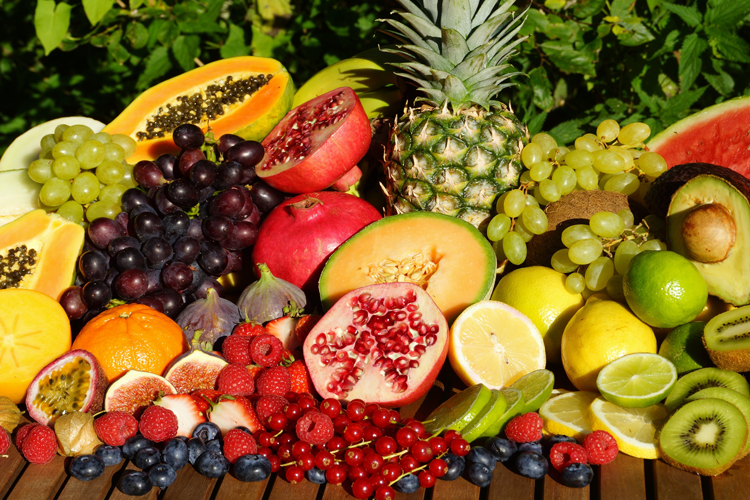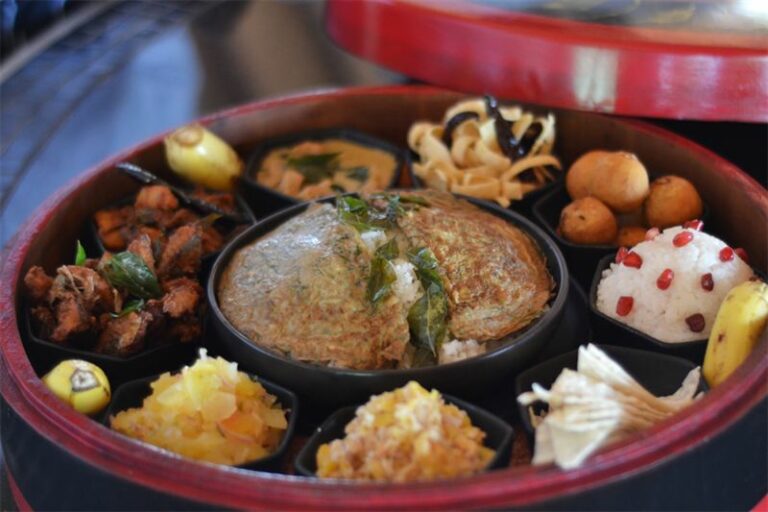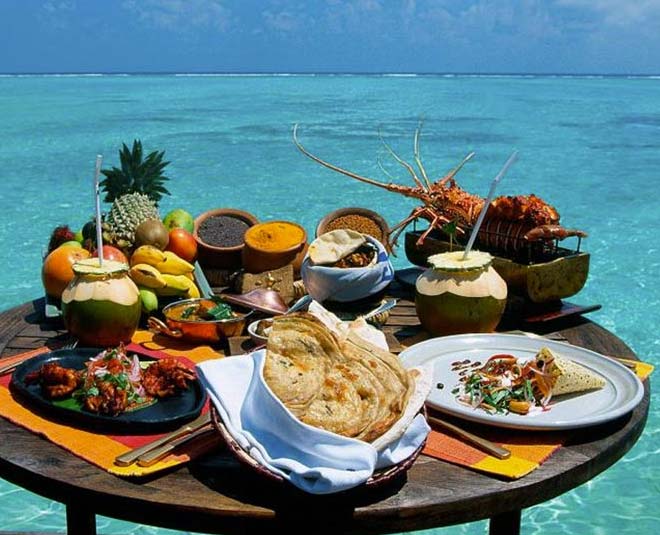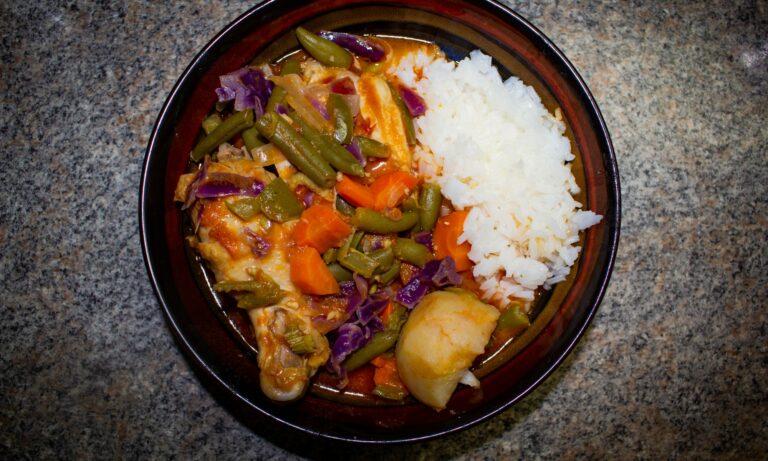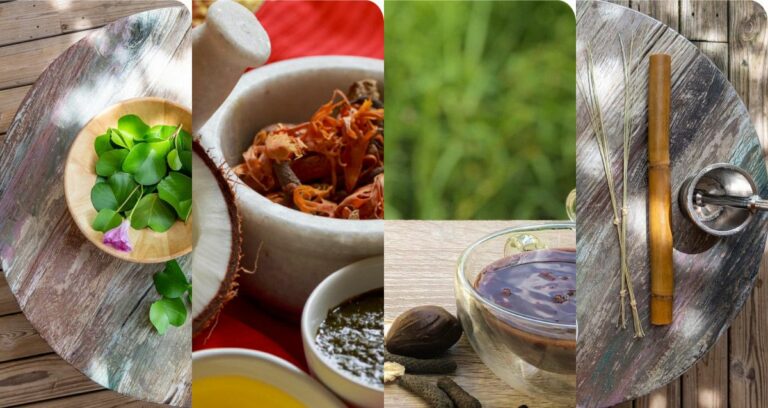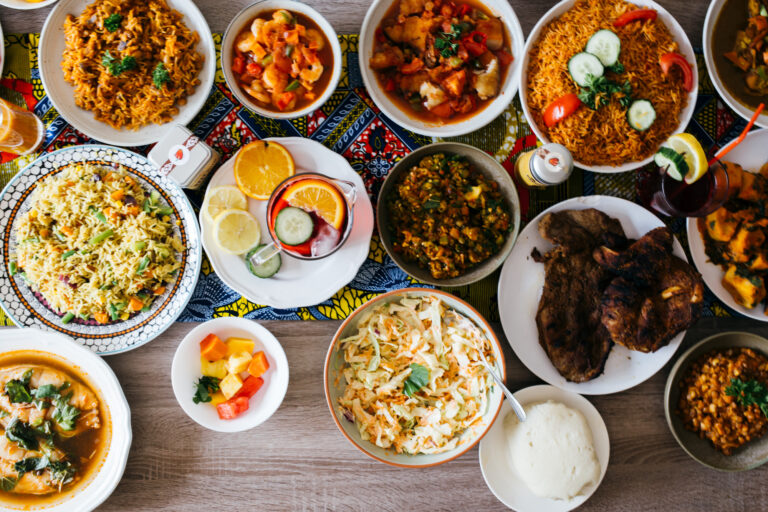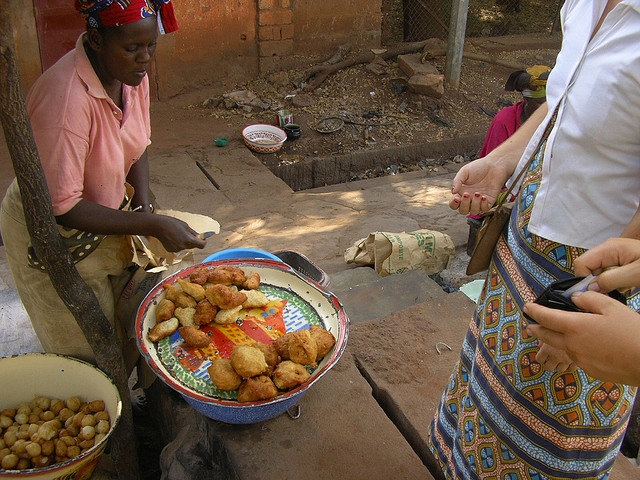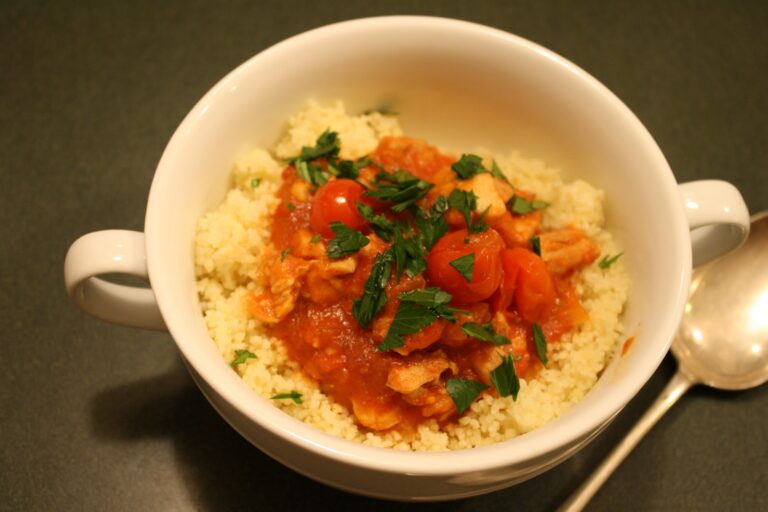Introduction: Malaysia’s agricultural diversity
Malaysia boasts a rich agricultural diversity thanks to its tropical climate and fertile land. The country’s produce includes a variety of fruits, vegetables, and spices that play a significant role in the country’s cuisine. Due to its location, Malaysia has been a hub for trade for centuries, and this has influenced its agriculture and cuisine. Its cuisine is a mix of Malay, Chinese, and Indian influences, which has resulted in a unique and diverse food culture.
Malay cuisine: a blend of cultures
Malay cuisine is the most popular and well-known cuisine in Malaysia. It is a unique blend of different cultures, mainly Malay, Chinese and Indian. Malay cuisine has its roots in the indigenous Malay culture and has evolved over the years through interactions with other cultures. It is characterized by the use of spices, herbs, coconut milk, and seafood. Malay cuisine is generally hot and spicy, and the dishes are served with rice. It is famous for its rendang, a slow-cooked beef curry, satay, a skewered meat dish, and laksa, a spicy noodle soup.
Tropical fruits: a staple in Malay cuisine
Malaysia’s tropical climate provides a conducive environment for the growth of a wide variety of fruits. Tropical fruits such as durian, rambutan, jackfruit, and mangosteen are a staple in Malay cuisine. These fruits are used in both sweet and savory dishes. For example, durian is used in desserts, while jackfruit is used in curries and stews. Mango, papaya, and pineapple are also commonly used in Malay cuisine. These fruits give the dishes a unique flavor and aroma, making Malay cuisine stand out from other cuisines around the world.
Influences from agriculture: rice, coconut, and more
Rice is a staple food in Malaysia, and it is the backbone of Malay cuisine. The country is known for producing high-quality rice, and it is used in a variety of dishes such as nasi lemak, a fragrant rice dish cooked in coconut milk, and nasi kerabu, a blue-colored rice dish served with fish and vegetables. Coconut is another essential ingredient in Malay cuisine. Coconut milk is used to add richness and flavor to curries, stews, and desserts. Other crops such as palm sugar, tapioca, and sweet potatoes are also widely used in Malay cuisine.
Spices and herbs: a key element in Malay cooking
Spices and herbs are the heart and soul of Malay cuisine. They give the dishes a unique flavor and aroma that is unmistakably Malay. The most commonly used spices in Malay cuisine include turmeric, cumin, coriander, fennel, and cardamom. These spices are used in curries, stews, and marinades. Herbs such as lemongrass, ginger, and galangal are also widely used in Malay cooking. They are added to soups, stews, and curries to add flavor and aroma.
Conclusion: Malaysia’s cuisine, a reflection of its land and people
In conclusion, Malaysia’s agricultural diversity and the country’s location as a trade hub have influenced its cuisine over the years. Malay cuisine is a blend of different cultures, and it is characterized by the use of tropical fruits, spices, and herbs. The use of rice, coconut, and other crops is a reflection of the country’s agriculture. The unique mix of flavors, aromas, and textures in Malay cuisine is a testament to the diversity and richness of Malaysia’s land and people.

